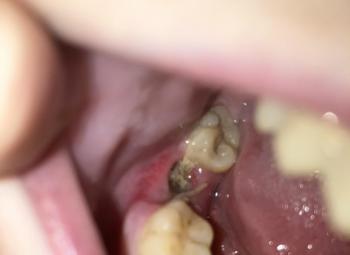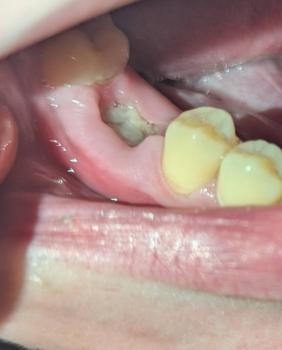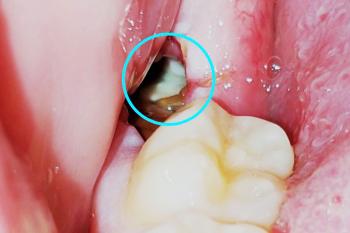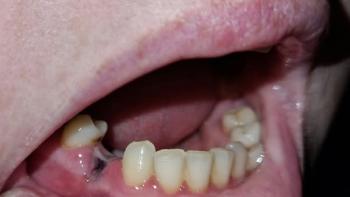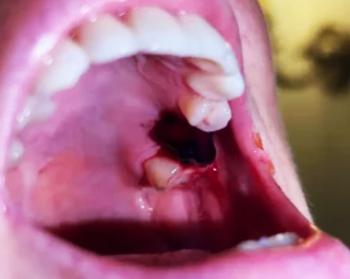Smile Again with Comfort and Confidence.
The Hidden Agony: A Story of Dental Implant Failure in the Philippines
Language :
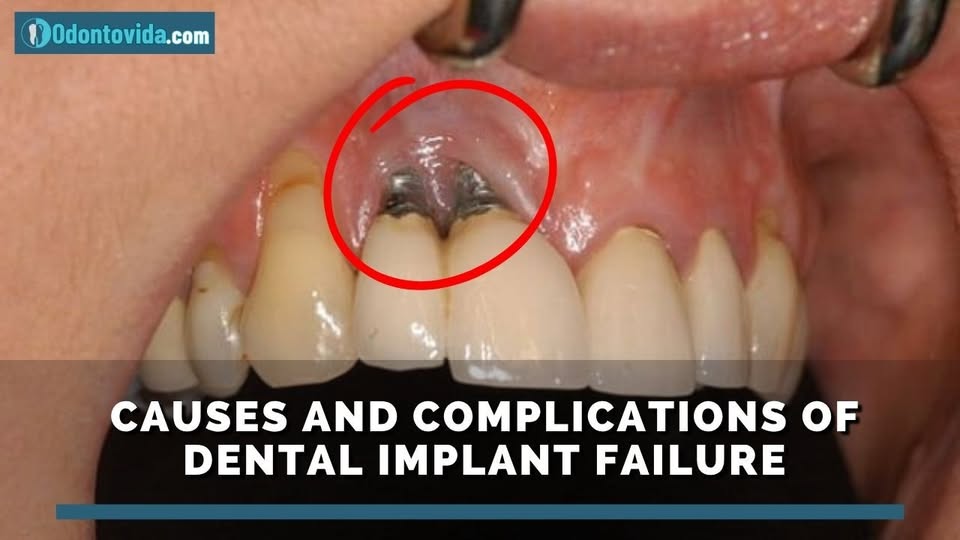
Topics:
Maraming Pinoy, ngayon, gusto ng permanente at magandang solusyon sa mga nawawalang ngipin. Ang dental implant ang naging simbolo ng modernong dentistry—matibay, natural-tingnan, at pang-habambuhay. Ngunit sa likod ng magandang pangakong ito, mayroong kwento ng pighati na hindi madalas ikwento: ang kwento ng bigo at masakit na implant.
This is the story of Mang Leo, a 58-year-old jeepney driver from Laguna.
The Promise of a New Smile
For years, Mang Leo struggled with a missing molar. Eating was difficult, and he felt self-conscious. He saw an advertisement for a dental clinic offering a "Promotional Implant Package" at a price that seemed too good to be true. Eager to solve his problem, he went for a consultation.
The dentist, who we will call Dr. M, did a quick oral exam. He assured Mang Leo he was a perfect candidate. The x-ray was basic. There was no discussion of bone density, no CT scan, and no thorough medical review. Dr. M was confident and the price was right. Mang Leo, trusting the white coat, agreed.
The first sign of trouble was the pain. Not the normal post-operative soreness, but a deep, throbbing, unrelenting ache that started weeks after the procedure. The gum around the implant was swollen, red, and sometimes leaked pus. His face would swell on one side. The shiny new tooth felt loose, a terrifying sensation for something that was supposed to be fused to his jawbone.
The Source of the Suffering: A Deeper Look at Failure
According to Healthline, dental implant problems can arise from various factors. For Mang Leo, it was a perfect storm of them:
-
The Critical Role of Bone: The most common foundation for failure is the bone. An implant needs a strong, healthy jawbone to fuse with in a process called osseointegration. If the bone quality is poor or quantity is insufficient—something a detailed 3D scan would have revealed—the implant has no anchor. It's like building a house on sand. In Mang Leo's case, years of bone loss from the missing tooth meant his jaw was not ideal. The implant was doomed from the start.
-
The Sin of Omission: Dr. M, driven by profit over ethics, took a massive risk. He was likely disqualified from properly placing the implant due to a lack of advanced training in implantology and the necessary diagnostic tools. He cut corners, ignoring critical contraindications. He saw a patient, not a person with a specific biological reality.
-
Infection and Peri-Implantitis: The persistent pain and pus were signs of a severe infection. This can happen during surgery or afterwards due to poor oral hygiene. When an infection attacks the tissues around an implant, it’s called peri-implantitis. If left unchecked, it destroys the very bone supporting the implant, leading to its failure.
For Mang Leo, the suffering wasn't just physical. It was financial—the "cheap" implant now needed costly corrective surgery. It was emotional—the promise of a solution turned into a nightmare. And it was a blow to his trust in medical professionals.
Analysis: The "Implant Culture" in the Philippines
The Philippine dental market is ripe for this kind of tragedy. The high demand for aesthetic solutions, combined with a desire for affordable care, creates a vacuum that underqualified practitioners are all too willing to fill.
-
The "Diskarte" Mentality vs. Medical Ethics: Some dentists apply a dangerous "diskarte" (resourcefulness) to complex procedures, believing they can manage without the proper protocol. This is not resourcefulness; it is malpractice.
-
The Price of a Bargain: A legitimate dental implant requires expensive components, advanced technology (like CBCT scans), and extensive surgeon training. A price that seems too good to be true almost always means one or more of these critical elements has been sacrificed.
Innovate & Protect: A Patient's Guide to a Safe Implant Journey
How do you ensure you're a success story, not a cautionary tale?
-
Demand a 3D CBCT Scan: This is non-negotiable. Before any implant procedure, insist on a Cone Beam Computed Tomography scan. This 3D image allows the surgeon to see your jawbone's exact dimensions, density, and the location of nerves and sinuses. A dentist who does not use this is flying blind.
-
Verify Credentials Rigorously: Ask the direct question: "Where did you receive your formal training and accreditation in implantology?" Look for memberships in reputable international organizations like the International Congress of Oral Implantologists (ICOI) or the American Academy of Implant Dentistry (AAID). Do not be shy; your health is at stake.
-
Understand the Full Process: A qualified surgeon will walk you through a comprehensive treatment plan. This includes:
-
A review of your medical history (e.g., uncontrolled diabetes can hinder healing).
-
A discussion of bone grafting if your bone is insufficient.
-
The brand and type of implant system being used.
-
The long-term maintenance plan.
-
-
Listen for "No": A good, ethical implantologist will sometimes refuse a case that is too high-risk or will refer you to a specialist. A dentist who guarantees everyone is a candidate is a major red flag.
Advise: Your Life, Your Smile, Your Responsibility
Mang Leo's story ended with the painful removal of the failed implant, a bone graft to repair the damage, and a long healing process before he could even think about trying again.
Your story can be different. Remember:
"Ang tamang dental implant ay hindi lamang tungkol sa pagpapalit ng ngipin. Ito ay isang surgical investment sa kalusugan ng iyong buto at ng iyong katawan. Huwag ipagpalit ito sa anumang promo."
Do your research. Invest in the right diagnostics. Choose a surgeon, not just a dentist. Your smile, your health, and your peace of mind are worth the true cost.
Source: Healthline - Dental Implant Problems

